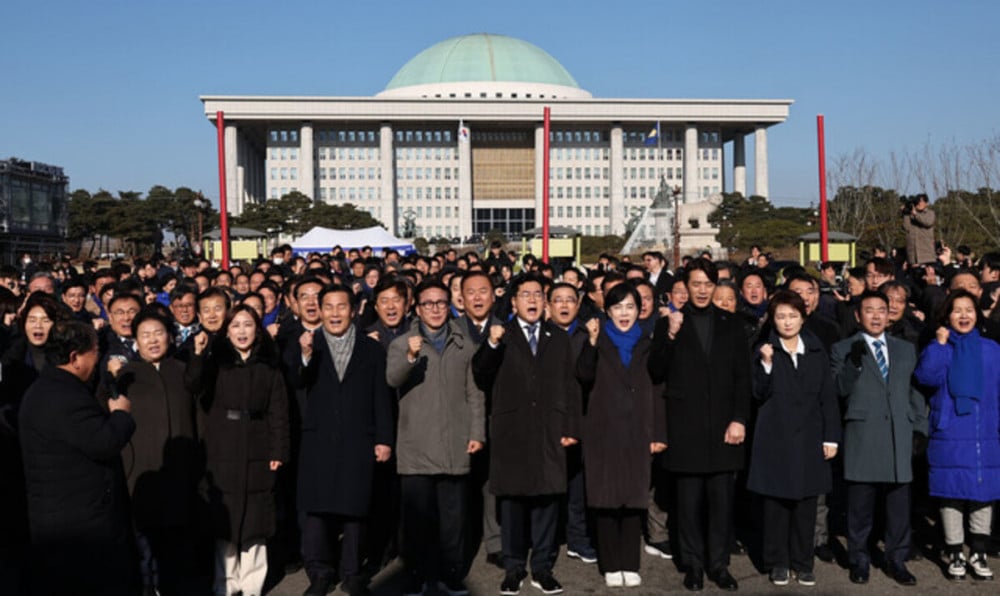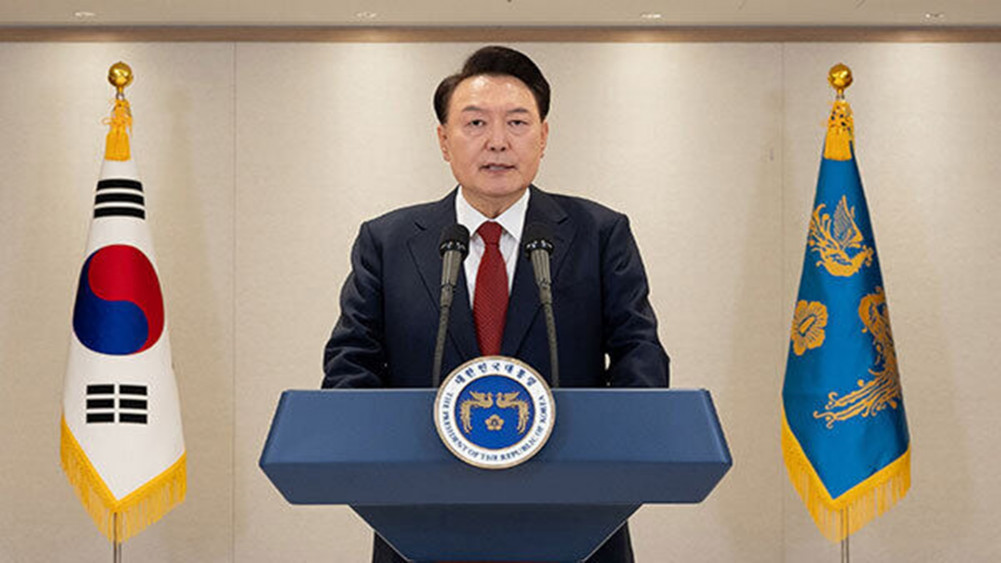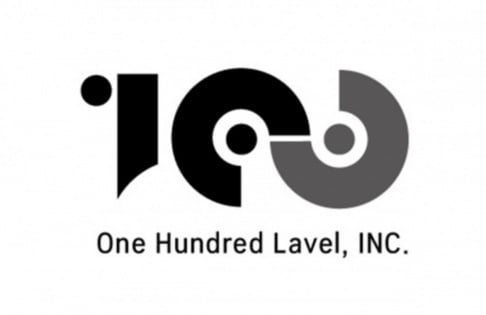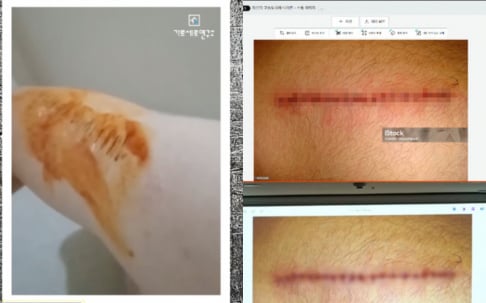
The National Assembly of South Korea passed an impeachment motion against President Yoon Suk Yeol during a plenary session on December 14.
All 300 lawmakers participated in the vote, with 204 in favor, 85 against, 3 abstentions, and 8 invalid votes. The motion was approved.
This marks the third impeachment motion against a sitting president in South Korean history, following former presidents Park Geun Hye in December 2016 and Roh Moo Hyun in March 2004.

Process Following Impeachment Approval
Under Article 65(3) of the Constitution, President Yoon’s powers are immediately suspended following the approval of the impeachment motion. The impeachment trial process begins when the National Assembly’s Legislation and Judiciary Committee chair submits the impeachment resolution to the Constitutional Court.
The case is immediately referred to the full bench of the Constitutional Court without any preliminary review. The impeachment trial follows criminal trial procedures, allowing witnesses to be called and questioned. The proceedings are open to the public.
The proceedings can continue even if the impeached president does not attend the trial. However, it is noteworthy that former Presidents Roh Moo Hyun and Park Geun Hye did not appear in court during their impeachment trials.
According to the Constitutional Court Act, the court must issue a ruling within 180 days of receiving the case. However, the actual review period is expected to be shorter due to the urgency of preventing national disruption. For context, the impeachment cases of Presidents Roh and Park took 63 and 91 days, respectively, from resolution to ruling.
 SHARE
SHARE












































